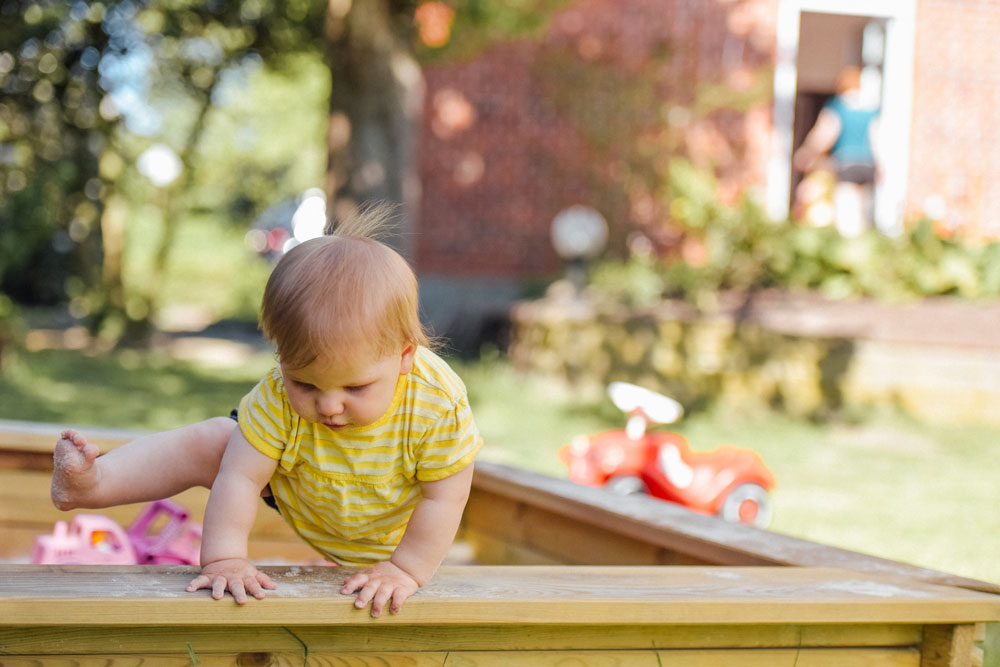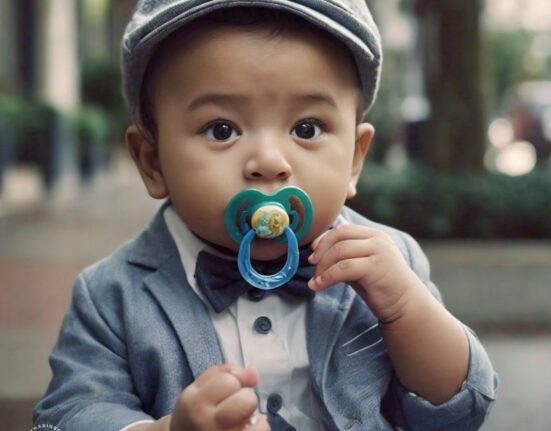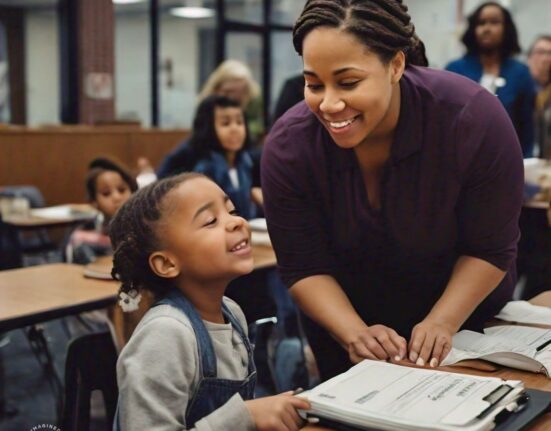Gross And Fine Motor Skill Development In Children Ages 0 to 5
There are two types of motor skills to consider when examining the normal development of your infant. Gross motor skills refer to the use of large muscles in the torso, arms, and legs that lead to full body movements (think bicycle riding), where fine motor skills are the ability to create small movements with the muscles in the hands and wrist (think playing a musical instrument).
0-6 months.
Between birth and 4 months, a baby will be able to raise their head when pulled to a sitting position. At around four months, they will be able to roll from back to side, progressing to back to front by the time they reach five months of age. At six months, expect that your baby is able to raise their chest and the upper part of the abdomen, and by seven months they should be able to bear their weight on one hand in preparation for crawling, which will begin between months 8 and 10. They may also begin actively reaching for specific toys at this stage.
6-12 months
Between months 10 and 11, expect that your child will be able to cruise around furniture and will be able to pull themselves up to standing by the time they reach their first birthday. Their fine motor skills will develop rapidly within this first year as ll well; by 3 months, they will have moved past their inborn reflexes to be able to hold a small object with their thumb tucked in. Around five months, they will be able to reach for and hold a toy, and by seven months will be able to pass a toy from one hand to the other. By 8 months, expect that your infant will be keeping their hands open and relaxed much of the time and will be able to pick up small foods. Around 10 months, they develop the ability to release toys and other small objects voluntarily and will give a toy to someone else when they are asked.
Paying attention to your infant’s motor skills at this time is particularly important, as they develop so rapidly during this first year of life. One of the best strategies that caregivers can employ is “tummy time,” which helps the infant prepare for crawling. Tummy time can take place in a variety of environments, especially outside, to help develop their sensory and visual skills as well.
1-2 years
As your child approaches toddlerhood, they will be able to walk alone, squat and stand back up, and walk up and down stairs with the help of an adult’s hand. Their fine motor skills will develop further at this point – they will be able to turn pages of cardboard books at fourteen months, and once they reach sixteen months can put toys away into a container and use both hands to play. They will also be able to isolate their index finger from other fingers and will begin pointing at specific objects around this time. At 18 months, they will also be able to run but will fall easily; around their second birthday, expect that they will be able to walk and run well, kick a ball, and jump with both feet. They will also be able to climb stairs without assistance. In their third year, your child’s gross motor skills will increase even more – they will begin balancing on one foot for a few seconds and can catch a large ball, and will progressing to running, jumping, climbing, and skipping by the time they are four. They should also be able to ride a tricycle and practice somersaults around this age. In terms of fine motor skills, they should be progressing to using scissors with some proficiency, although child safe scissors should still be used at this explorative stage. They can cut simple shapes and complete simple, small puzzles.
3-5 years
By the time your child is five, expect that they will be able to skip and jump rope, and will be ready to learn to swim, skate, and climb proficiently. Their fine motor skills will progress most rapidly at this age; they will be preparing to learn how to write, and will be able to draw, paint, and color. They should also be able to button and unbutton their clothes and are starting to explore video games and computer games.
Through toddlerhood and into preschool age, you can help develop fine motor skills through tactile play; play-do, drawing, puzzles, and threading beads will all be helpful tools that your child will also enjoy. Gross motor skills can be developed through play as well. Martial arts or gymnastics glasses can be great resources for developing confidence and balance, and playgrounds offer many authentic opportunities to encourage the development of these skills.
Finally, keep in mind that while it can be tempting to fret over your child meeting or not meeting these milestones, every child is different and will develop at their own pace. Often, the failure to develop early motor skills and reach typical milestones can be a sign of atypical development and could signify autism spectrum disorder. If you are concerned that your child isn’t meeting milestones at the rate that they should, meet with your pediatrician or seek the help of an occupational therapist sooner rather than later; early intervention can prevent more serious problems with development.
Sources
Hayley C. Leonard, Rachael Bedford, Andrew Pickles, Elisabeth L. Hill (2015). Predicting the rate of language development from early motor skills in at-risk infants who develop autism spectrum disorder. Research in Autism Spectrum Disorders, Vol. (13–14),15-24, http://www.sciencedirect.com/science/article/pii/S1750946715000124.






